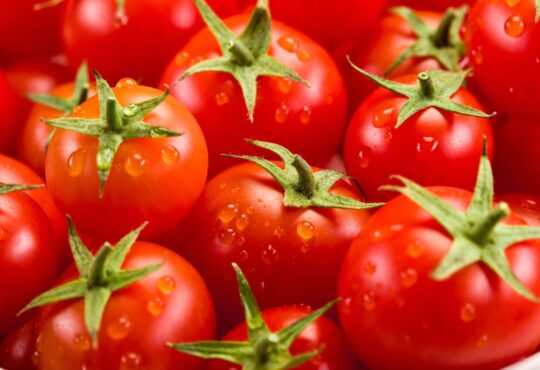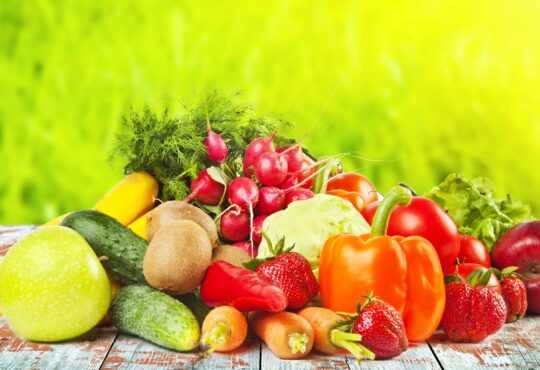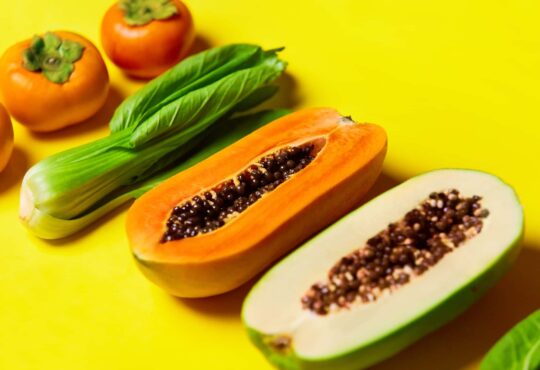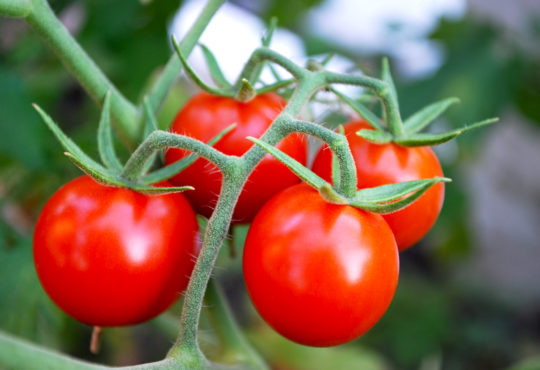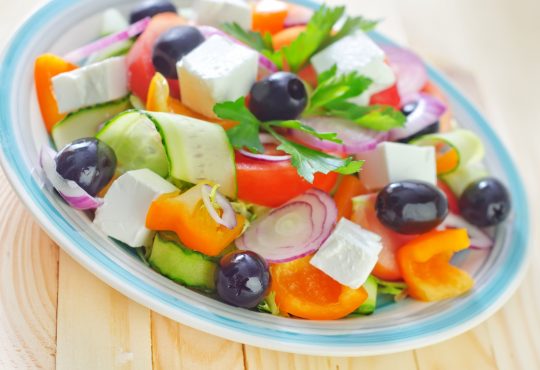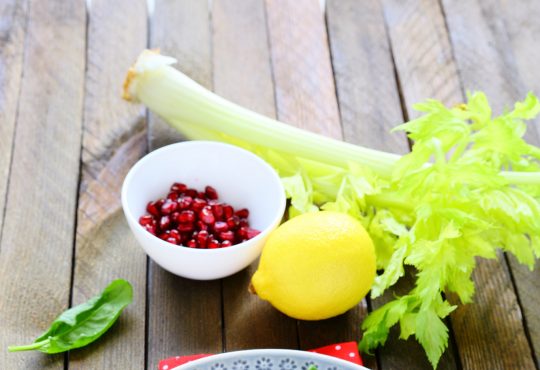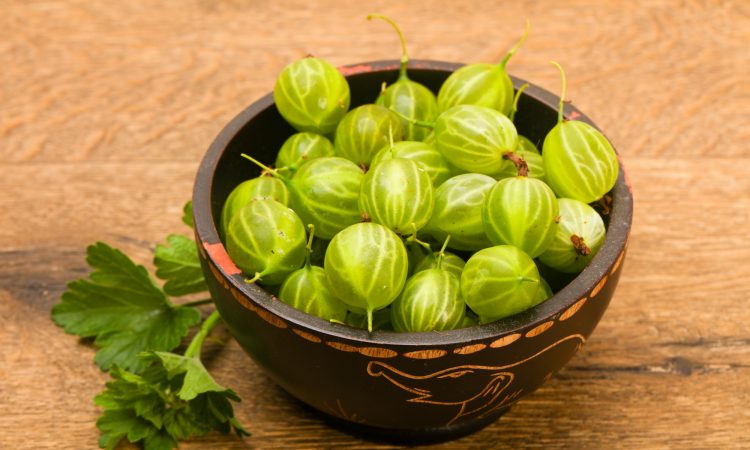
When it comes to consuming healthy foods, I normally believe people should eat the actual food – what a shocking concept in the health food store world, where everybody wants to swallow capsules.
However, I make an exception for amla.
Dry, powdered amla is good enough because you won’t eat the whole berry. Me neither.
And so we’d miss all the extraordinary health benefits.
Amla, or the Indian Gooseberry
Amla comes from the Indian gooseberry tree, which grows on the Indian subcontinent and in parts of Southeast Asia.
The berry is small, round and light green. It’s been described as “fibrous,” meaning it’d be like eating the strings that come attached to string beans. That’s how it looked when my local Indian grocer tried to convince to buy the frozen berries instead of the powder.
Amla powder is the whole fruit dried and ground. It contains almost all the health benefits of the fresh fruit.
Besides, even as a powder, amla is one of the most powerful and healthy foods known to humanity.
I doubt amla powder is available at your local supermarket. If there are no Indian/Pakistani food stores in your area, you can buy it on Amazon.
It’s well worth adding to your diet. However, you have to disguise it, because to most American palates, the taste is gruesome.
Amla has Been Used in Indian Ayurvedic Medicine Since Time Immemorial
It’s so revered in India, their mythology says it was the first tree in the universe.
Ayurvedic healers have prescribed it for colds, fever, as a laxative, to aid digestion and even as a hair tonic.
#1 Antioxidant in the World
Extensive tests a few years ago found amla packs more antioxidant power than goji berries, cloves or anything else.
By weight, amla has one hundred times the antioxidant levels of blueberries.
Taken on a Daily Basis, It May Prevent the Leading Chronic Diseases Killing the Modern World
In one study, researchers pitted amla against taxol, a leading breast cancer drug. Which one was better able to stop breast cancer cells from spreading into new tissue – metastasizing?
Taxol won, but only by a smidgen. And the researchers used only a tiny amount of amla.
In another study, scientists dripped amla on lines of six different kinds of cancer: breast, lung, liver, cervical, ovarian and colorectal.
Amla slowed down the growth of all those cancer cells. At higher amounts, it began killing them off, until it destroyed three-quarters of the cancers.
More Concerned About Your High Cholesterol?
Not to worry. Amla’s got you covered.
Scientists have also tested its cholesterol-lowering power against simvastatin, a leading anti-cholesterol drug.
Even though the researchers gave their subjects only about one-eighth of a teaspoon of amla per day, it lowered their bad and total cholesterol just about the same as the expensive prescription drug.
In one study, one gooseberry a day for three weeks cut bad LDL cholesterol in half.
Heart Patients Also Need to Reduce Platelet Aggregation in Their Blood
So scientists tested amla against aspirin and another blood-thinning drug.
Amla thinned blood around three-quarters as well as the drug. But, of course, amla does not have the drug’s side effects, and costs much, much less.
How About Arterial Stiffness and Inflammation?
Amla has also been tested against a prescription drug for fighting arterial stiffness. That’s obviously a factor that leads to high blood pressure.
Again, a small amount of Indian gooseberry was nearly as good or better than Big Pharma’s finest.
Inflammation is one of the key biomarkers of aging and chronic disease. Medical science uses the c reactive protein test to measure inflammation.
After thirteen weeks, a drug cut c reactive protein levels in half – and so did amla.
Diabetics Need to Lower Their Levels of Blood Sugar
So scientists gave diabetics three-quarters of a teaspoon of amla every day for three weeks, and compared the results to a leading diabetes drug.
They both reduced blood sugar in the diabetics, but amla beat out the drug.
It also cut their triglycerides in half.
This one berry is like an entire pharmacy.
Yet, I just bought a 100-gram bottle for $5. That’s around a month’s supply.
And it comes with no harmful side effects. Statin drugs can cause muscle pain, headaches, and liver damage.
Why wouldn’t everybody at risk of heart disease, cancer, high blood pressure and diabetes (that’s all of us, folks), consume a teaspoon of amla powder daily? That goes double for everybody who knows their cholesterol or blood sugar levels are creeping up.
I’ve sprinkled it on salads, mixing it up with everything else. I’ve also added it to a large serving of beans and rice, so it’s lost in the tomato taste. You can also add amla to your smoothies.
Ngamkitidechakul C, Jaijoy K, Hansakul P, Soonthornchareonnon N, Sireeratawong S. Antitumour effects of Phyllanthus emblica L.: induction of cancer cell apoptosis and inhibition of in vivo tumour promotion and in vitro invasion of human cancer cells. Phytother Res. 2010 Sep;24(9):1405-13.
Akhtar MS, Ramzan A, Ali A, Ahmad M. Effect of Amla fruit (Emblica officinalis Gaertn.) on blood glucose and lipid profile of normal subjects and type 2 diabetic patients. Int J Food Sci Nutr. 2011 Sep;62(6):609-16. Epub 2011 Apr 18.
Gopa B, Bhatt J, Hemavathi KG. A comparative clinical study ofE hypolipidemic efficacy of Amla (Emblica officinalis) with 3-hydroxy-3-methylglutaryl-coenzyme-A reductase inhibitor simvastatin. Indian J Pharmacol. 2012 Mar;44(2):238-42.
Akhtar MS, Ramzan A, Ali A, Ahmad M. Effect of Amla fruit (Emblica officinalis Gaertn.) on blood glucose and lipid profile of normal subjects and type 2 diabetic patients. Int J Food Sci Nutr. 2011 Sep;62(6):609-16.
Usharani P, Fatima N, Muralidhar N. Effects of Phyllanthus emblica extract on endothelial dysfunction and biomarkers of oxidative stress in patients with type 2 diabetes mellitus: a randomized, double-blind, controlled study. Diabetes Metab Syndr Obes. 2013 Jul 26;6:275-84.
Fatima N, Pingali U, Pilli R. Evaluation of Phyllanthus emblica extract on cold pressor induced cardiovascular changes in healthy human subjects. Pharmacognosy Res. 2014 Jan;6(1):29-35.
Fatima N, Pingali U, Muralidhar N. Study of pharmacodynamic interaction of Phyllanthus emblica extract with clopidogrel and ecosprin in patients with type II diabetes mellitus. Phytomedicine. 2014 Apr 15;21(5):579-85.
Variya BC, Bakrania AK, Patel SS. Emblica officinalis (Amla): A review for its phytochemistry, ethnomedicinal uses and medicinal potentials with respect to molecular mechanisms. Pharmacol Res. 2016 Sep;111:180-200.
https://www.webmd.com/vitamins/ai/ingredientmono-784/indian-gooseberry
Carlsen MH, Halvorsen BL, Holte K, B�hn SK, Dragland S, Sampson L, Willey C, Senoo H, Umezono Y, Sanada C, Barikmo I, Berhe N, Willett WC, Phillips KM, Jacobs DR Jr, Blomhoff R. The total antioxidant content of more than 3100 foods, beverages, spices, herbs and supplements used worldwide. Nutr J. 2010 Jan 22;9:3.
Baliga MS, Dsouza JJ. Amla (Emblica officinalis Gaertn), a wonder berry in the treatment and prevention of cancer. Eur J Cancer Prev. 2011 May;20(3):225-39.
Ngamkitidechakul C, Jaijoy K, Hansakul P, Soonthornchareonnon N, Sireeratawong S. Antitumour effects of Phyllanthus emblica L.: induction of cancer cell apoptosis and inhibition of in vivo tumour promotion and in vitro invasion of human cancer cells. Phytother Res. 2010 Sep;24(9):1405-13.
Ngamkitidechakul C, Jaijoy K, Hansakul P, Soonthornchareonnon N, Sireeratawong S. Antitumour effects of Phyllanthus emblica L.: induction of cancer cell apoptosis and inhibition of in vivo tumour promotion and in vitro invasion of human cancer cells. Phytother Res. 2010 Sep;24(9):1405-13.
https://www.ncbi.nlm.nih.gov/pubmed/21317655


